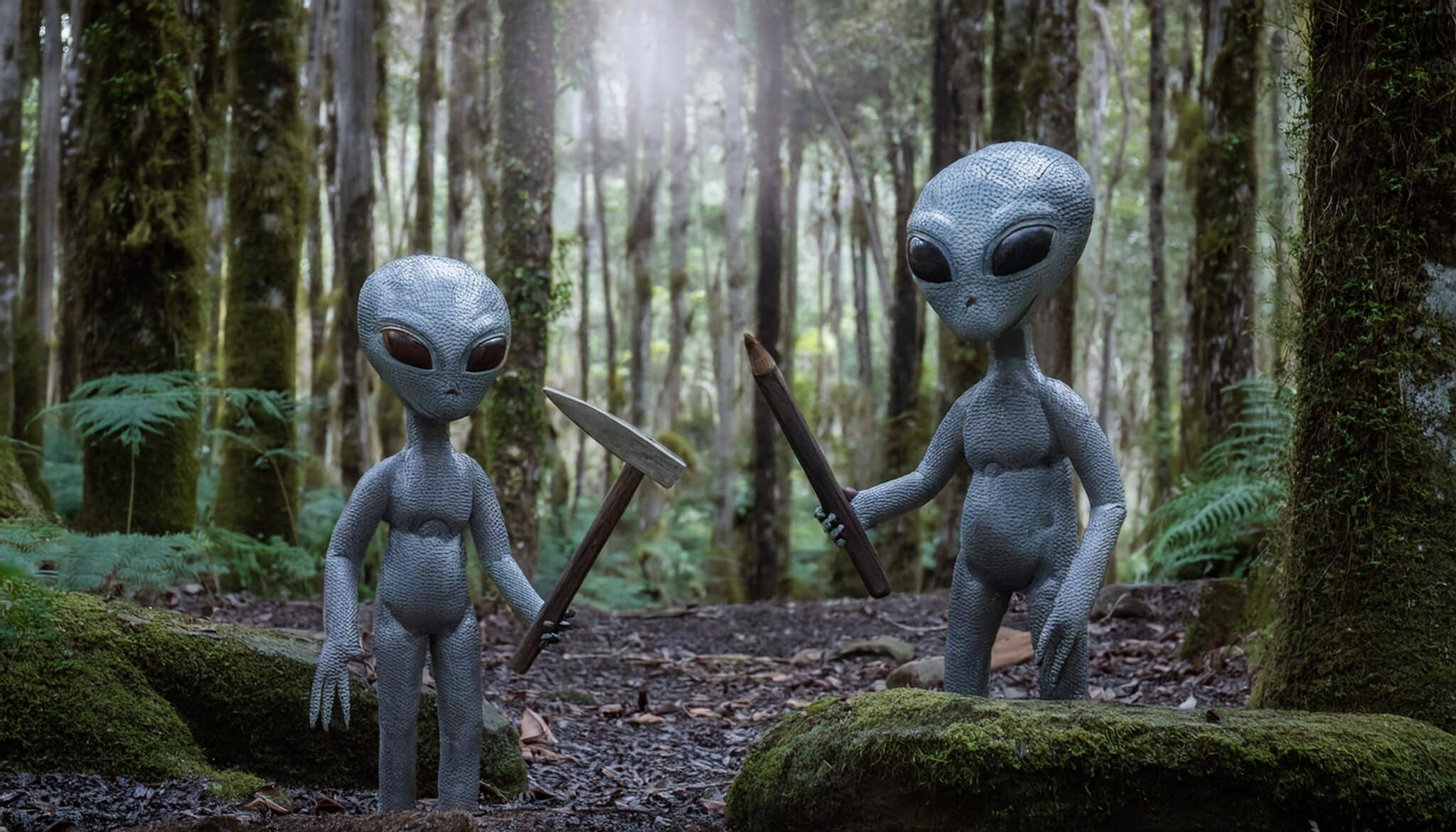The Kaimanawa Wall is a testament to how our hunger for alternative histories can shape the narratives we choose to believe. Are the neatly stacked stone blocks evidence of ancient human craftsmanship, or are they simply the result of natural geological processes? These questions have sparked lively debates among experts and enthusiasts over the years, suggesting that perhaps the true significance of the Wall lies more in what it represents than in its physical form.
“Understanding the Kaimanawa Wall is less about uncovering facts and more about exploring the human desire for stories that transcend the ordinary.”
In this article, we’ll dive into the origins of the Kaimanawa Wall, explore the myriad theories that attempt to explain it and sift through the evidence that has debunked some of the more fantastical claims. But beyond that, we’ll ponder why we are so drawn to these kinds of mysteries in the first place. What about the allure of an alternative history that captures our imaginations and refuses to let go? Come with me on this journey, and let’s see what we can uncover together.
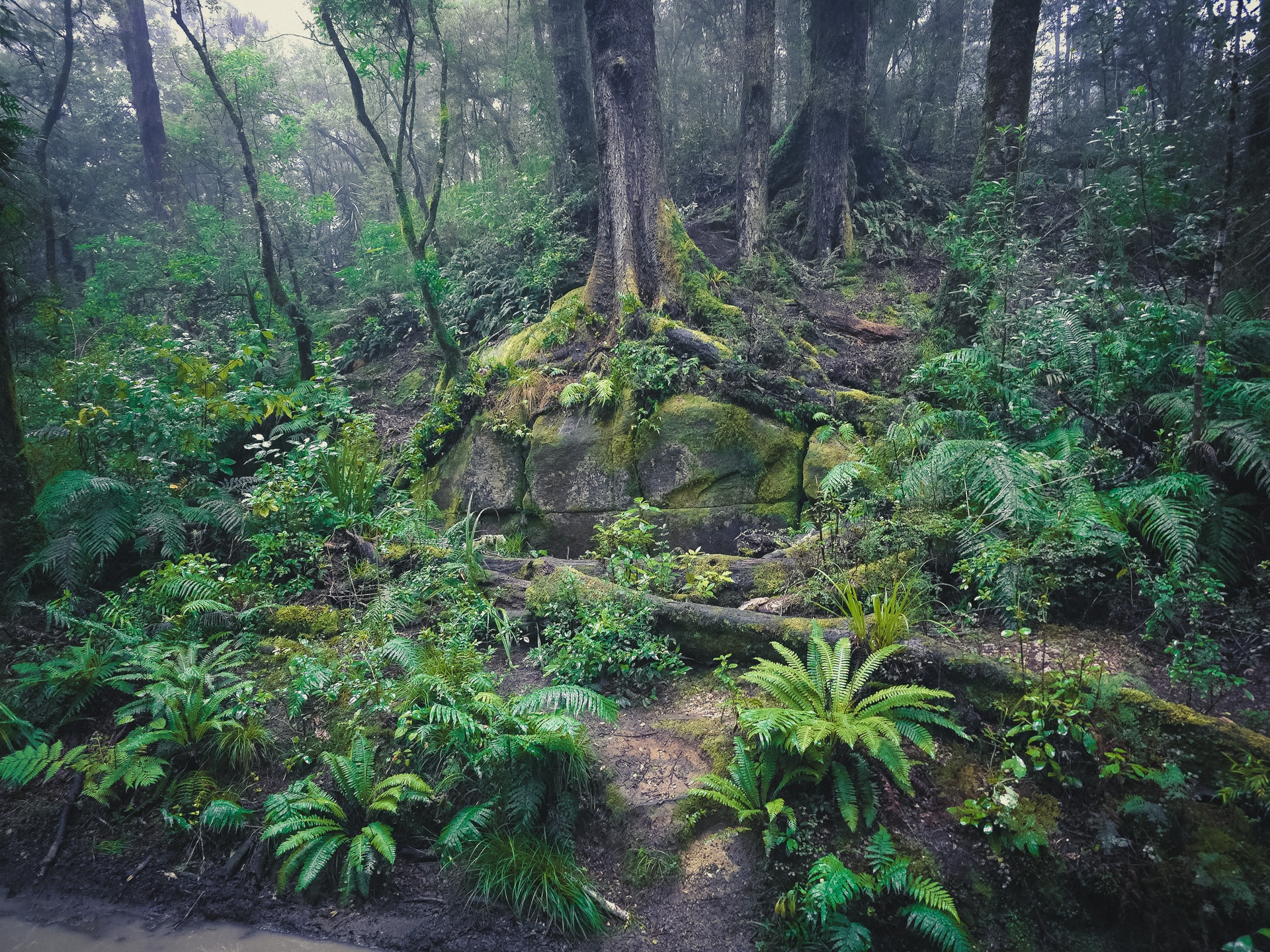
A Mysterious Structure in the Heart of New Zealand
Standing before the Kaimanawa Wall, I felt an inexplicable connection to the past, as though the stones whispered ancient secrets. Composed of orderly, stacked stone blocks, the wall is deep within New Zealand’s Kaimanawa Range, a place steeped in natural beauty and Maori lore. It’s easy to see why this enigmatic structure has intrigued historians, archaeologists, and keen adventurers alike.
When I first heard about the site, I was captivated by its mystery. Descriptions painted a picture of a wall that seemed almost too precise and too deliberate to be a mere natural formation.
Standing in the shadow of these ancient stones, I pondered the different tales that have grown up around the wall. Some believe it to be the remnants of a forgotten civilisation that once called New Zealand home long before the Maori. Others suggest it could be evidence of ancient extraterrestrial visitors, pointing to the wall’s seemingly advanced construction. Theories abounded, each more tantalising than the last.
No matter which story you lean towards, it’s clear the Kaimanawa Wall is more than just a stack of stones. It symbolises the human desire to uncover our past and connect with history in ways that often defy logical explanations. And for a moment, I was part of that search, standing on the cusp of the known and the unknown, feeling the pull of an ancient enigma that continues to captivate the imagination of all who encounter it.
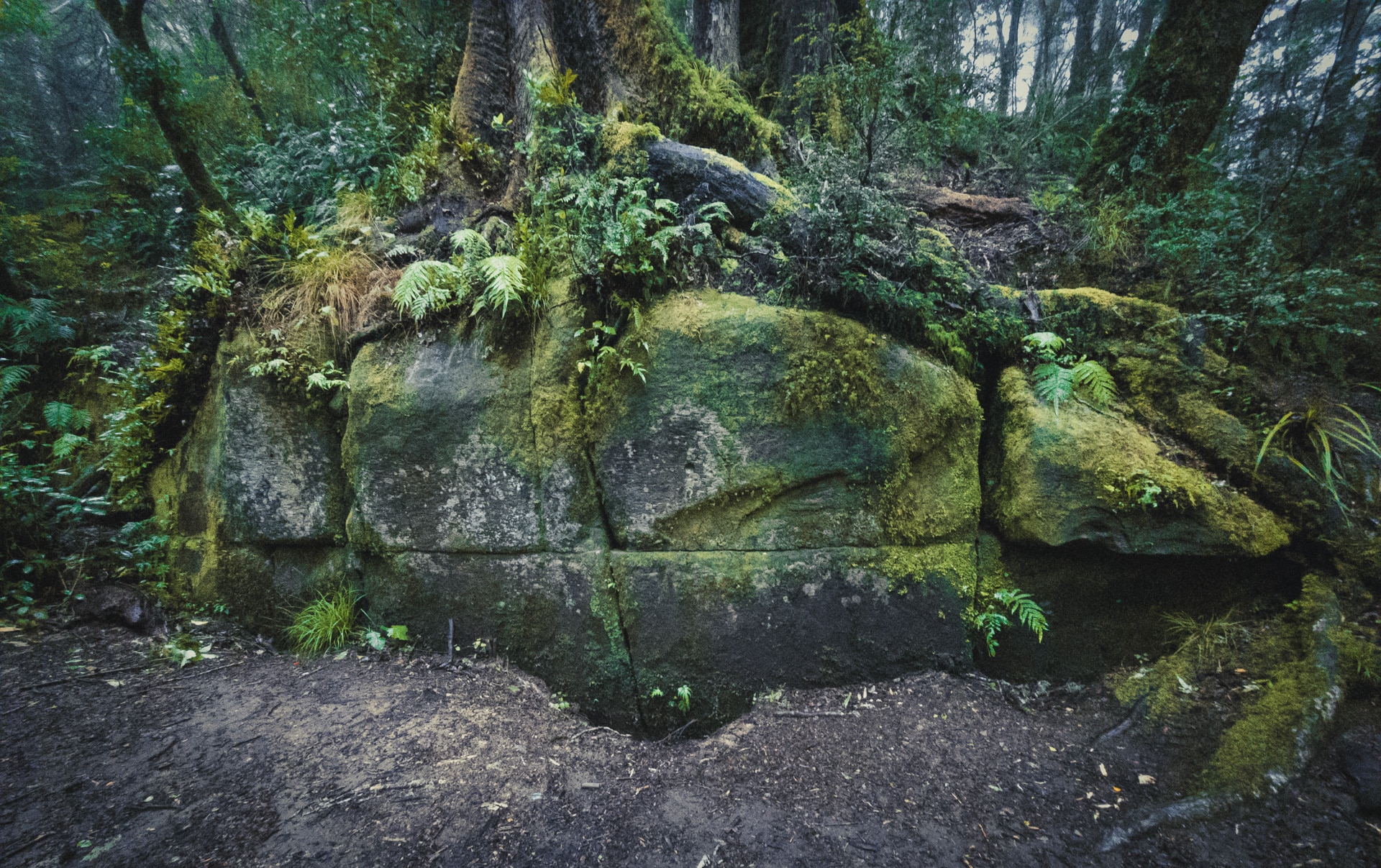
The Popular Theories: From Maori Legends to Ancient Astronauts
When we start peeling back the layers of history surrounding the Kaimanawa Wall, it’s like diving into a tapestry woven with threads of myth, speculation, and wonder. For many, this journey begins with Maori legends about ancient and mighty civilizations. The Maori, with their rich oral traditions, have long talked about the Turehu or Patupaiarehe, mystical beings who could have built such a structure. These stories entice the imagination, offering an almost irresistible blend of history and mystery.
But the intrigue doesn’t stop there. Enter the realm of ancient astronauts – a theory made famous by writers like Erich von Däniken. According to this perspective, the Kaimanawa Wall might not be the work of human hands but rather the remnants of ancient extraterrestrial visitors. It’s a theory that has captured the imagination of many, perhaps because it speaks to our innate desire to find connections beyond our earthly confines. The thought that beings from another world might have once visited us adds a layer of excitement and urgency to our quest for understanding.
Yet, as we wade through these theories, we must remember that our relationship with history is deeply personal and often emotional. It’s no surprise that so many of us are drawn to such theories about the Kaimanawa Wall. They offer a sense of connection to something larger than ourselves, a glimpse into a history that might be richer and more complex than we ever imagined.
Whether you find yourself swayed by the poetic allure of Maori legends or the otherworldly excitement of ancient astronauts, there’s no denying these theories’ impact on our imaginations. They invite us to look beyond the obvious and consider a multitude of possibilities, each one a thread in the vast tapestry of our shared human story.
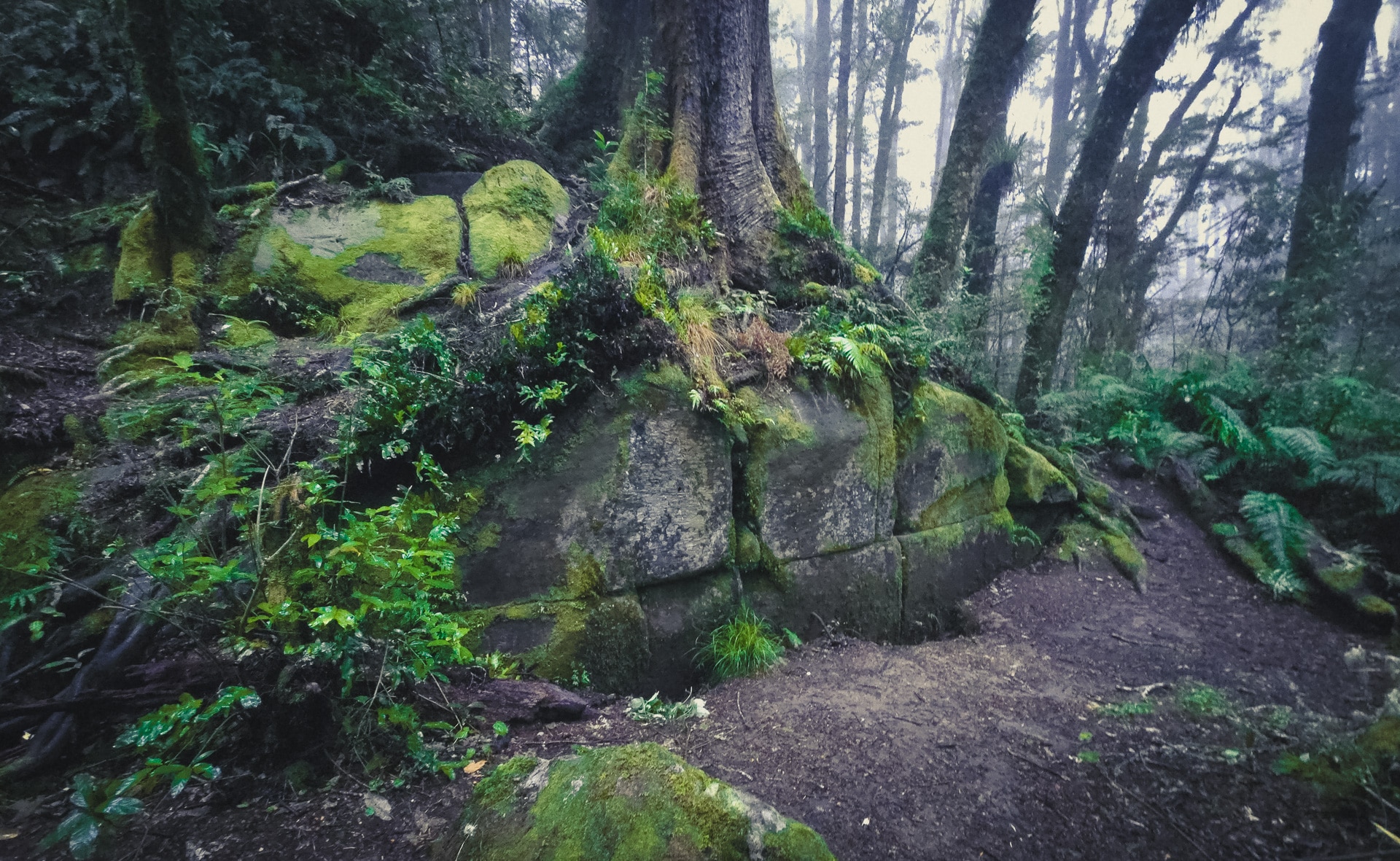
Celtic Alternative History and Racist Undertones
It seems almost poetic. To think that the Kaimanawa Wall might be a remnant of ancient Celtic explorers who reached New Zealand long before the Maori people. I remember being captivated by the romanticism of such theories, imagining a world where history unfolded in ways that defied the textbooks. But as I delved deeper, I realised this narrative wasn’t just about historical curiosity – it bore troubling connotations.
As intriguing as the idea of an ancient Celtic presence in New Zealand might be, it’s essential to acknowledge how such theories often intersect with a more insidious agenda. The assertion of a European, specifically Celtic, origin subtly undermines the rich, complex history of the indigenous Maori people, suggesting, however unintentionally, that significant achievements must be tied to European origins. This perspective can perpetuate harmful stereotypes and diminish the Maori’s historical contributions.
In my exploration, many proponents of these theories overlook the comprehensive archaeological and anthropological evidence pointing to the Maori as the authentic and indigenous inhabitants. It’s a harsh reminder of how some narratives – cloaked in the guise of historical intrigue – can harbour racist undertones. These stories can be instrumentalised to elevate one culture while erasing or devaluing another.
Reflecting on this, I realised that embracing such alternative histories requires a careful and critical approach. It’s not merely about the thrill of a good story; it’s also about recognising the implications these stories carry. We must question our motivations and the potential consequences of the histories we choose to elevate. In doing so, we can honour the truth and ensure that no group’s history is overshadowed or misrepresented for an appealing mystery.
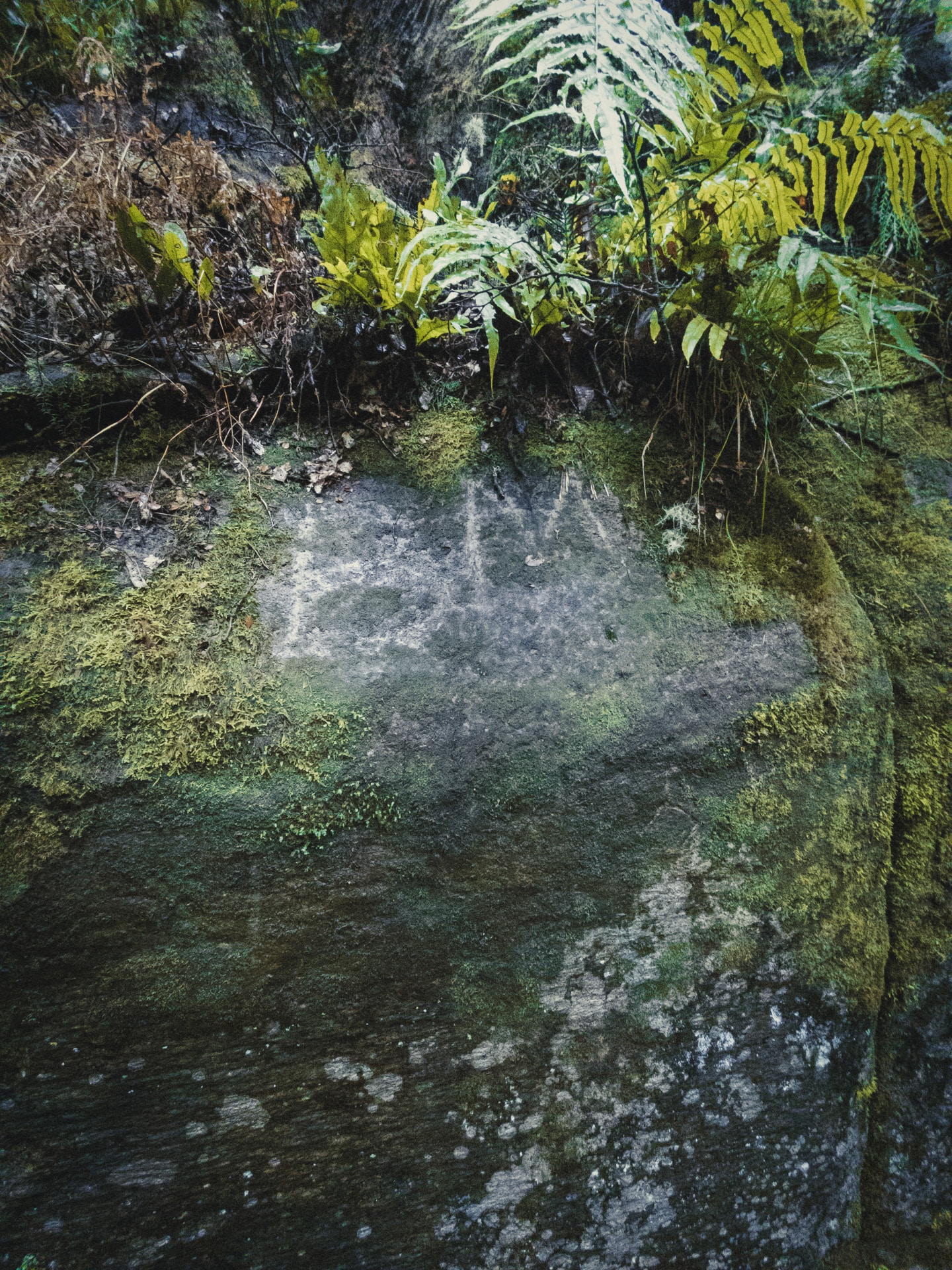
Debunking Myths: Scientific Explanations and Skepticism
Yet, when we sift through the sands of curiosity and wonder, the hard grains of science and scepticism often bring us back to reality. Many archaeological experts and geologists have examined the Kaimanawa Wall and come to the rather mundane conclusion that it is, in fact, a natural formation. The neat, brick-like patterns result from jointing in the siltstone, a standard geological process wherein natural fractures occur in the sedimentary layers, creating the illusion of human craftsmanship.
I remember my sense of eager anticipation when I first delved into the mystery, only to find it unravelled under the scrutiny of evidence. It’s almost akin to peering behind the magician’s curtain to reveal the mechanics of an illusion. While part of me felt the slight sting of disillusionment, another part found a new appreciation for the astonishing capabilities of natural processes.
Researchers from GNS Science and university departments have provided detailed explanations that debunk several elements of the myth. Their studies indicate that the walls’ straight lines and organised appearance can be attributed to the fracturing pattern known as joint sets, which are standard in many rock formations worldwide. This scientific consensus underscores the importance of critical evaluation and the necessity of evidence-based conclusions when investigating historical phenomena.
What truly resonates here is how our minds are wired for patterns and narratives. In seeing the structured arrangement of the stones, it’s almost automatic to weave a tale of ancient civilisations or lost technologies. But when the veil of myth is lifted, and the stark simplicity of nature’s hand is revealed, we are faced with a different kind of awe—one rooted in the quiet, unassuming processes that shape our world.
The Importance of Critical Thinking in Historical Research
When examining the origins of the Kaimanawa Wall, we’re presented with a unique opportunity to exercise critical thinking. This means accepting theories at face value, delving deeper, questioning sources, and seeking evidence. Throughout my explorations and conversations with others intrigued by the wall, I’ve found that critical thinking is like a guiding light, helping us navigate through the shadows of myth and mystery.
One of my biggest lessons is understanding the difference between correlation and causation. Just because certain rocks in the Kaimanawa Forest resemble human-made structures doesn’t necessarily mean ancient civilisations shaped them. It’s easy, almost comforting, to weave a story that links these formations to a forgotten chapter of human history. However, the beauty of critical thinking lies in its refusal to settle for easy answers.
Indeed, exercising critical thinking involves engaging with scientific explanations and being open to scepticism. It requires us to embrace a multifaceted approach, where we appreciate the allure of ancient astronaut theories and Maori legends and acknowledge the geological processes that can explain these formations. This balanced perspective doesn’t diminish the intrigue of the Kaimanawa Wall but enriches our understanding and appreciation of it.
- The Kaimanawa Wall is located in the Kaimanawa Forest Park in New Zealand.
- It consists of large, neatly stacked stone blocks, some believe suggest a man-made origin.
- Early accounts from the 1990s sparked significant interest and debate about its origins.
- Various theories propose that it could be a remnant of an ancient civilisation or have natural geological origins.
- Geologists have debunked the man-made theory, attributing the wall to natural processes like jointing in rock formations.
- Despite scientific explanations, the wall continues to inspire speculation and curiosity.

